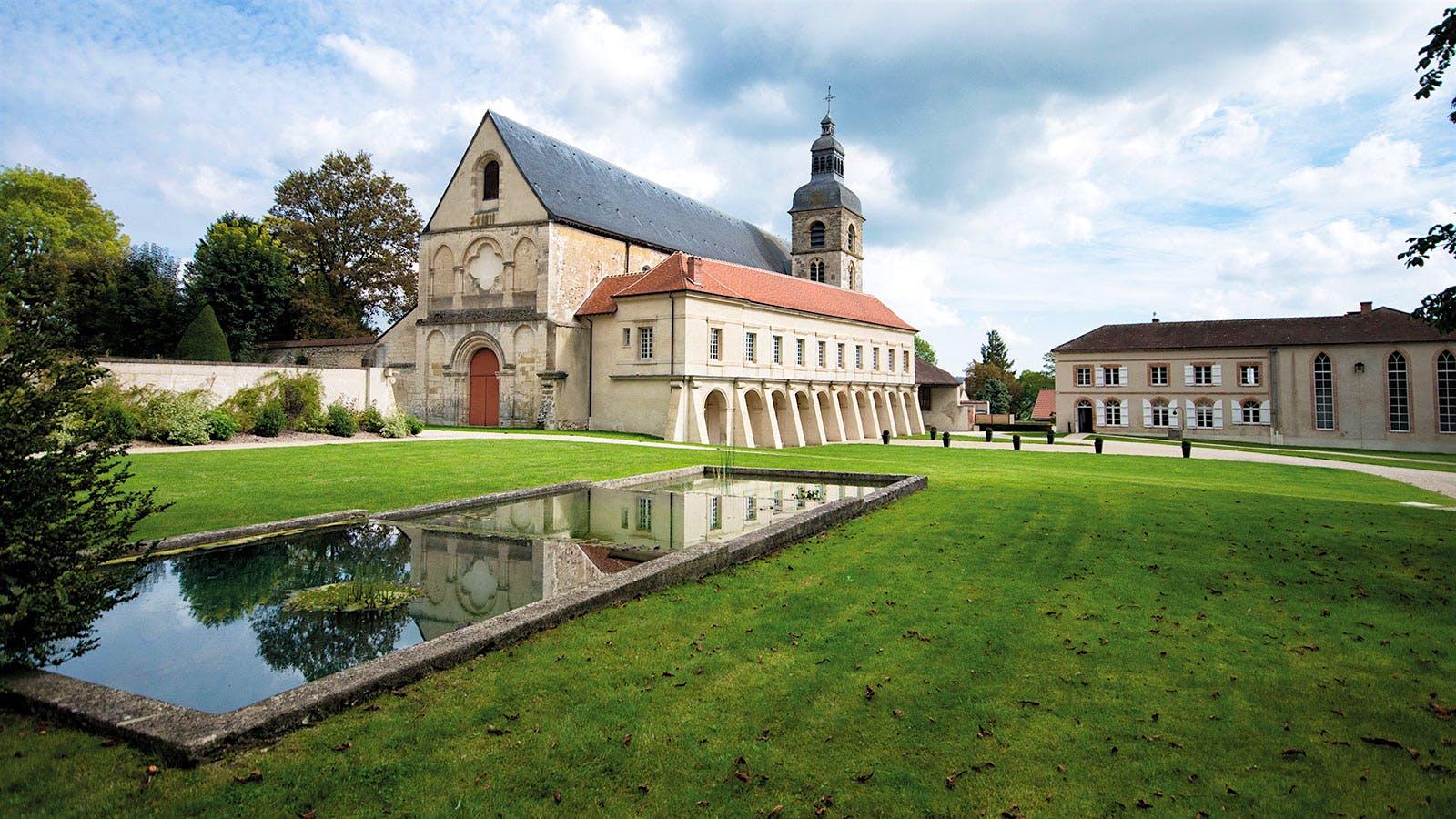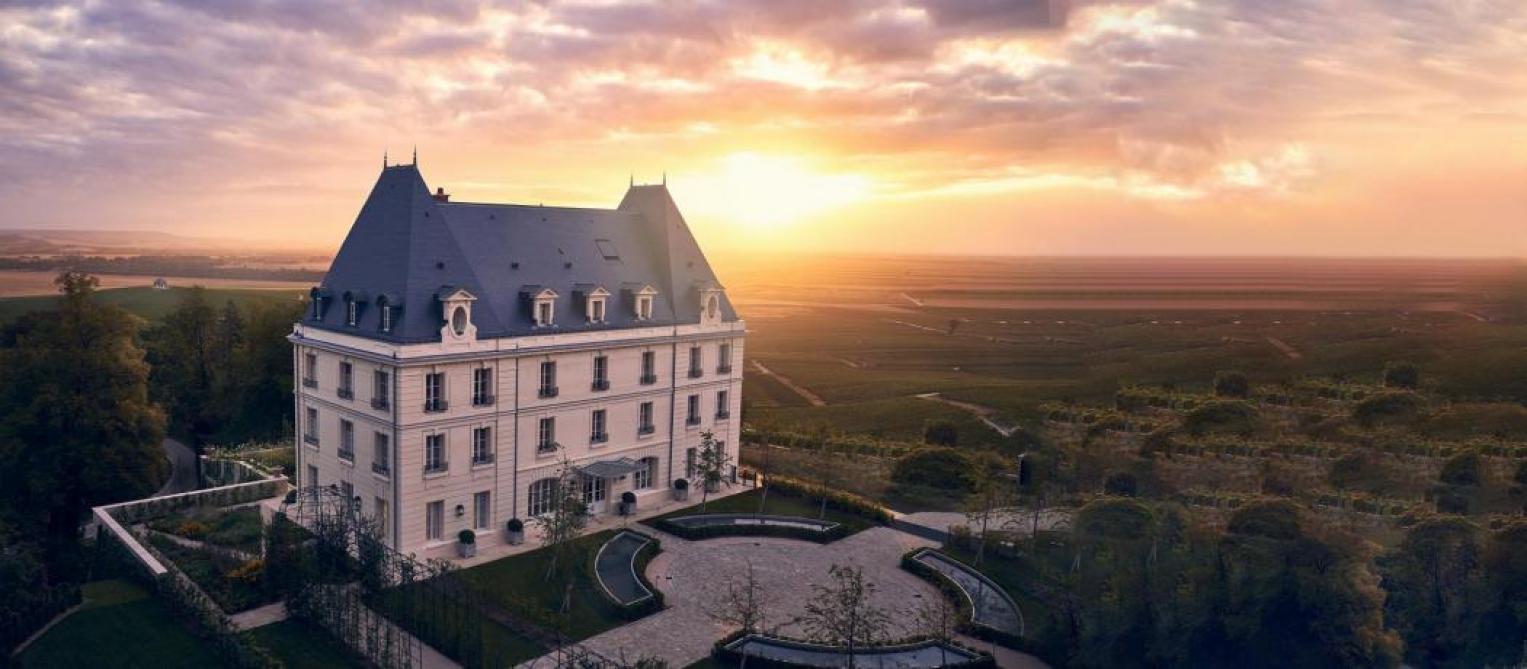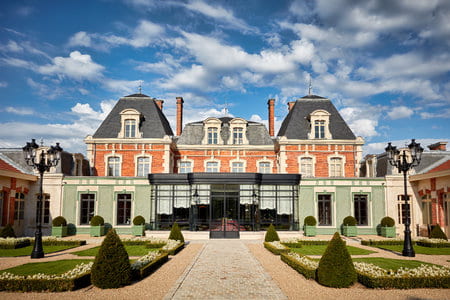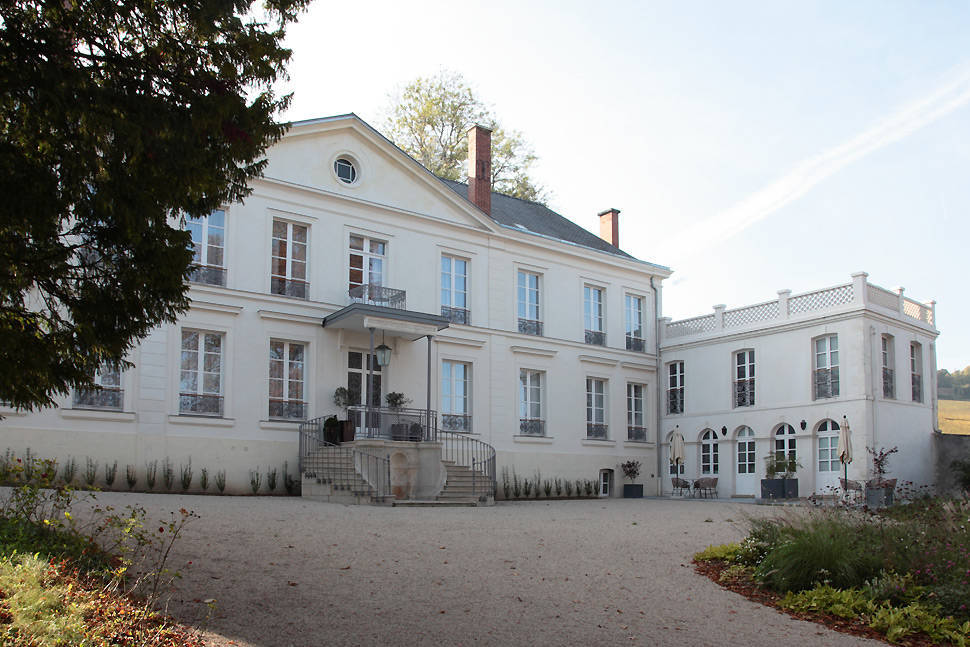Key Producers Champagne
Welcome to the legendary terroir of Champagne, a region where centuries of craftsmanship, cool-climate vineyards, and a relentless pursuit of perfection come together to produce the world’s most iconic sparkling wines. On this page, we invite you to discover the visionary producers who have shaped Champagne’s global prestige—houses whose names are synonymous with elegance, innovation, and timeless luxury.
From the historic maisons like Moët & Chandon, Veuve Clicquot, and Bollinger, whose legacies date back to the 18th century, to the bold artisans behind grower Champagnes such as Egly-Ouriet and Jacques Selosse, each producer brings a unique expression of the region’s soul. Whether it’s the pioneering spirit of Madame Clicquot, the refined precision of Dom Pérignon, or the terroir-driven philosophy of the grower movement, every bottle tells a story of dedication and brilliance.
Explore the passion, heritage, and artistry behind the cuvées that have made Champagne the ultimate symbol of celebration and sophistication. Join us as we raise a glass to the producers who continue to define and elevate this extraordinary region.

-
Location: Épernay, Champagne, France
-
Founded: First vintage in 1921 (named after Dom Pierre Pérignon, a 17th-century monk)
-
Production: Approximately 200,000 to 500,000 cases annually (varies by vintage)
-
Classification: Champagne AOC (vintage prestige cuvée of Moët & Chandon)
Dom Pérignon
Dom Pérignon is one of the most iconic and prestigious Champagne houses in the world, named after the legendary Benedictine monk Dom Pierre Pérignon, who is often credited with pioneering methods that led to the creation of sparkling wine. Though Dom Pérignon did not invent Champagne, his influence on blending and winemaking in the region left a lasting legacy. The modern house of Dom Pérignon is the prestige cuvée of Moët & Chandon, with the first vintage released in 1921 and sold commercially in 1936. Produced only in exceptional years, each vintage is a testament to the unique character of the harvest and the house’s commitment to excellence.
Dom Pérignon is crafted exclusively as a vintage Champagne, made from a blend of Pinot Noir and Chardonnay sourced from Grand Cru and Premier Cru vineyards. Production volumes vary depending on the vintage, but estimates range between 200,000 to 500,000 cases annually, making it one of the most widely recognized yet meticulously crafted prestige Champagnes. The wine is classified as Champagne AOC, and each release is known for its elegance, complexity, and aging potential. With its unmistakable bottle shape and rich heritage, Dom Pérignon stands as a symbol of luxury, celebration, and timeless craftsmanship.
Dom Pérignon
Dom Pérignon is one of the most iconic and prestigious Champagne houses in the world, named after the legendary Benedictine monk Dom Pierre Pérignon, who is often credited with pioneering methods that led to the creation of sparkling wine. Though Dom Pérignon did not invent Champagne, his influence on blending and winemaking in the region left a lasting legacy. The modern house of Dom Pérignon is the prestige cuvée of Moët & Chandon, with the first vintage released in 1921 and sold commercially in 1936. Produced only in exceptional years, each vintage is a testament to the unique character of the harvest and the house’s commitment to excellence.
Dom Pérignon is crafted exclusively as a vintage Champagne, made from a blend of Pinot Noir and Chardonnay sourced from Grand Cru and Premier Cru vineyards. Production volumes vary depending on the vintage, but estimates range between 200,000 to 500,000 cases annually, making it one of the most widely recognized yet meticulously crafted prestige Champagnes. The wine is classified as Champagne AOC, and each release is known for its elegance, complexity, and aging potential. With its unmistakable bottle shape and rich heritage, Dom Pérignon stands as a symbol of luxury, celebration, and timeless craftsmanship.

-
Location: Épernay, Champagne, France
-
Founded: First vintage in 1921 (named after Dom Pierre Pérignon, a 17th-century monk)
-
Production: Approximately 200,000 to 500,000 cases annually (varies by vintage)
-
Classification: Champagne AOC (vintage prestige cuvée of Moët & Chandon)
Moët & Chandon
Moët & Chandon is one of the most iconic and historic Champagne houses in the world, with roots tracing back to 1743, when it was founded by Claude Moët. Over the centuries, the house became a symbol of celebration and luxury, favored by royalty and celebrities alike. Headquartered in Épernay, Champagne, Moët & Chandon played a pivotal role in making Champagne an international symbol of prestige. The house is also known for its deep contributions to the development of modern Champagne, both in scale and technique, and is part of the LVMH luxury group today.
Moët & Chandon is one of the largest producers in the region, with an annual production of around 30 million bottles (about 2.5 million cases). The house produces a wide range of Champagnes, from the popular Brut Impérial to prestigious cuvées like Dom Pérignon (its prestige label). The wines are made primarily from Pinot Noir, Pinot Meunier, and Chardonnay, sourced from over 1,000 vineyards across the region. Moët & Chandon Champagnes are classified under Champagne AOC, and are known for their consistent quality, approachability, and elegant house style, characterized by vibrant fruit, fine bubbles, and a refined finish.

-
Location: Épernay, Champagne, France
-
Founded: 1743 (by Claude Moët)
-
Production: Approximately 30 million bottles (about 2.5 million cases) annually
-
Classification: Champagne AOC

-
Location: Épernay, Champagne, France
-
Founded: 1849 (by Pol Roger)
-
Production: Approximately 110,000 to 130,000 cases annually
-
Classification: Champagne AOC
Pol Roger
Pol Roger is one of the most respected and traditional Champagne houses, known for its refined style and strong ties to British heritage. Founded in 1849 by Pol Roger in the town of Épernay, the house quickly built a reputation for quality and elegance. Perhaps most famously, Pol Roger was the favorite Champagne of Sir Winston Churchill, who maintained a close relationship with the family. In honor of that connection, the house later created its prestige cuvée, Cuvée Sir Winston Churchill, first released in 1984. Still family-owned and operated, Pol Roger remains committed to traditional methods and long aging, which contribute to the finesse and complexity of its wines.
Pol Roger produces approximately 110,000 to 130,000 cases annually, focusing on a classic blend of Pinot Noir, Chardonnay, and Pinot Meunier. The wines undergo an extended aging period in deep chalk cellars beneath Épernay, contributing to their signature richness and fine mousse. Classified under Champagne AOC, Pol Roger Champagnes are prized for their elegance, balance, and cellar potential. The house’s consistent style—fresh, structured, and full of character—has earned it a devoted following among collectors and Champagne lovers alike.
Pol Roger
Pol Roger is one of the most respected and traditional Champagne houses, known for its refined style and strong ties to British heritage. Founded in 1849 by Pol Roger in the town of Épernay, the house quickly built a reputation for quality and elegance. Perhaps most famously, Pol Roger was the favorite Champagne of Sir Winston Churchill, who maintained a close relationship with the family. In honor of that connection, the house later created its prestige cuvée, Cuvée Sir Winston Churchill, first released in 1984. Still family-owned and operated, Pol Roger remains committed to traditional methods and long aging, which contribute to the finesse and complexity of its wines.
Pol Roger produces approximately 110,000 to 130,000 cases annually, focusing on a classic blend of Pinot Noir, Chardonnay, and Pinot Meunier. The wines undergo an extended aging period in deep chalk cellars beneath Épernay, contributing to their signature richness and fine mousse. Classified under Champagne AOC, Pol Roger Champagnes are prized for their elegance, balance, and cellar potential. The house’s consistent style—fresh, structured, and full of character—has earned it a devoted following among collectors and Champagne lovers alike.

-
Location: Épernay, Champagne, France
-
Founded: 1849 (by Pol Roger)
-
Production: Approximately 110,000 to 130,000 cases annually
-
Classification: Champagne AOC
Jacques Selosse
Jacques Selosse is one of Champagne’s most influential and revered grower-producers, celebrated for its bold, terroir-driven wines and artisanal approach. Founded in the 1950s by Jacques Selosse in the village of Avize, located in the heart of the Côte des Blancs, the estate originally sold its grapes to larger houses. It wasn’t until 1960 that Jacques began bottling under his own label. The house rose to global acclaim after Jacques’ son, Anselme Selosse, took over in 1980, bringing with him a visionary philosophy inspired by his studies in Burgundy—focusing on low yields, natural viticulture, and fermentation in oak barrels.
Under Anselme’s direction, Jacques Selosse became a pioneer of the grower Champagne movement, crafting intensely expressive wines that emphasize terroir and individuality. The estate cultivates about 7.5 hectares of Grand Cru vineyards across prized villages like Avize, Cramant, Oger, and Le Mesnil-sur-Oger, planted primarily with Chardonnay and some Pinot Noir. Annual production is small—around 58,000 bottles—with standout cuvées including “Initial”, a Blanc de Blancs, and “Substance”, a solera-style multi-vintage Champagne that reflects Anselme’s signature oxidative style. Today, the estate is led by Anselme’s son, Guillaume Selosse, continuing the family’s tradition of producing thought-provoking, world-class Champagne under the Champagne AOC designation.

-
Location: Avize, Côte des Blancs, Champagne, France
-
Founded: 1950s (first estate bottling in 1960 by Jacques Selosse)
-
Production: Approximately 58,000 bottles annually
-
Classification: Champagne AOC


